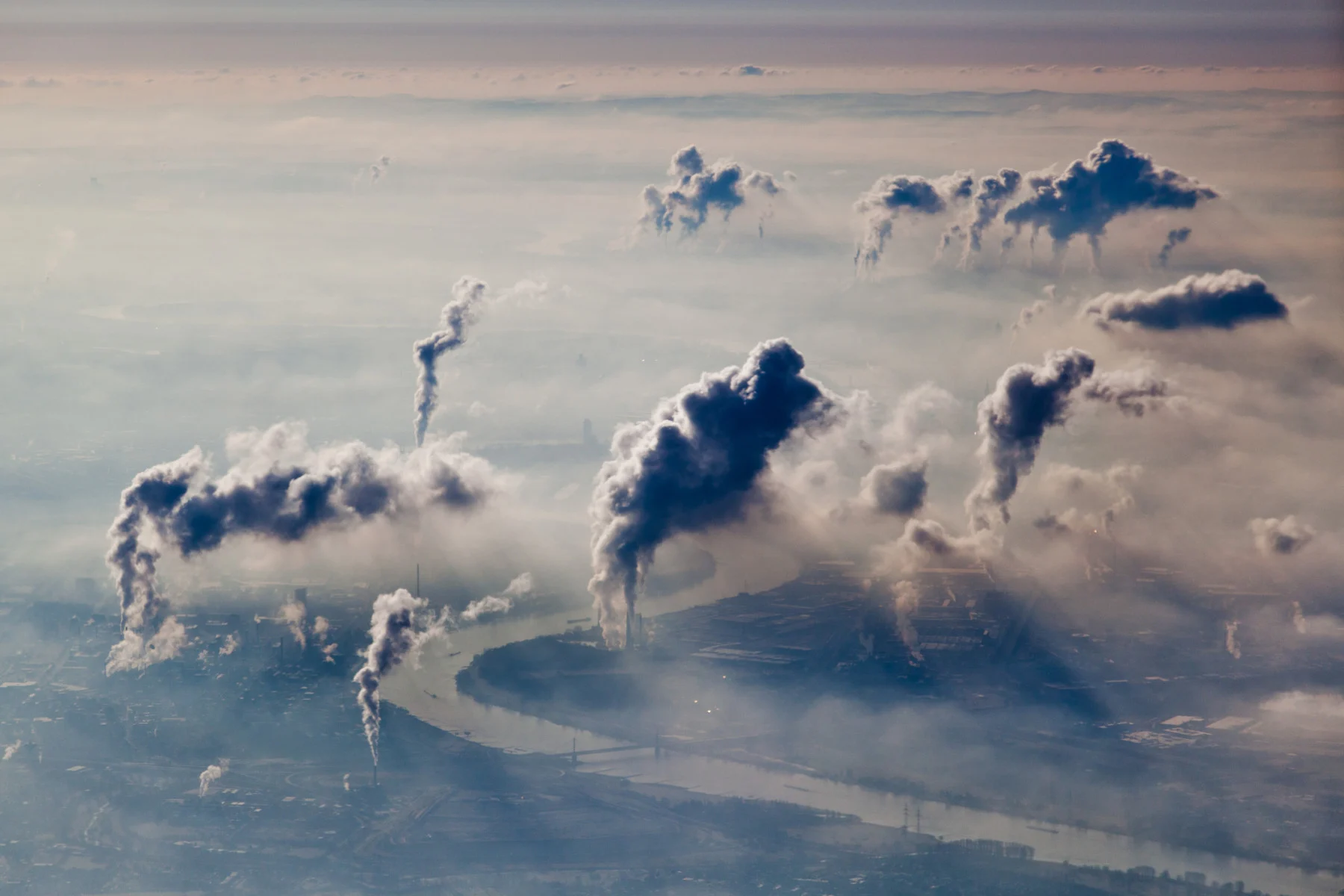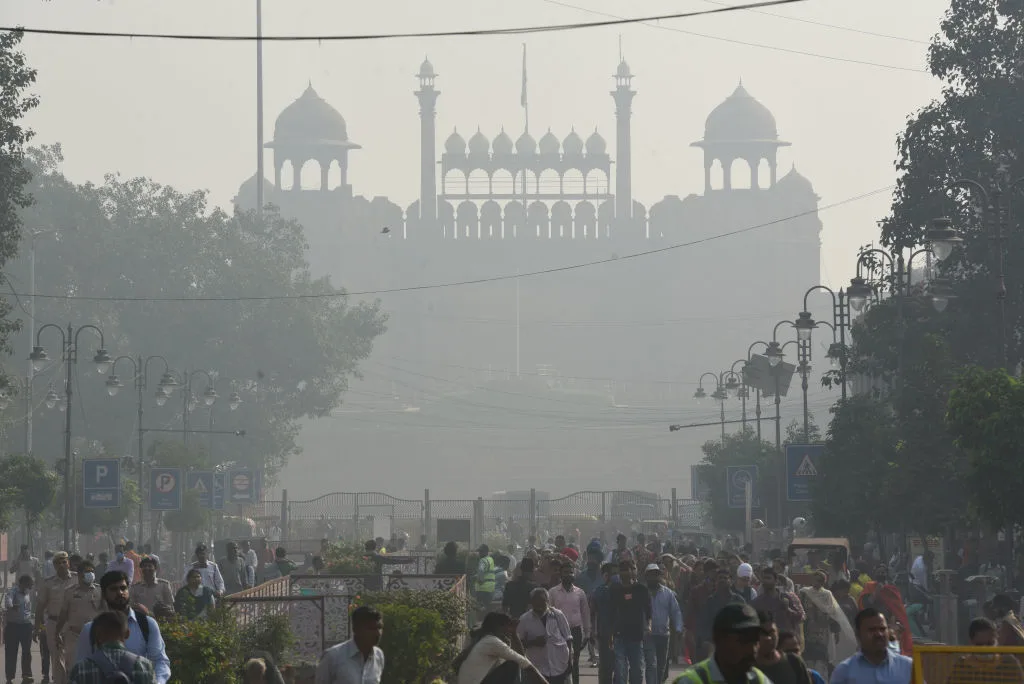
Global fossil fuel demand could peak by 2025, IEA report states
New sectors and industries within the clean energy space could arise in Canada as fossil fuels begin to phase out.
The International Energy Association (IEA) states that the world could be approaching a pivotal moment in energy history. For the first time, all of the IEA’s world energy outlook (WEO) scenarios predict a peak or plateau in global fossil fuel demand, and it could happen soon.
“Energy markets and policies have changed as a result of Russia’s invasion of Ukraine, not just for the time being, but for decades to come,” Fatih Birol, IEA executive director, stated in a press release.
The WEO states that the ongoing geopolitical circumstances highlight the “fragility and unsustainability” of the world’s reliance on fossil fuels, and the number of people without access to modern energy is rising for the first time in a decade due to climbing prices and other economic pressures.

A thick layer of smog engulfs the Red Fort during the early hours on November 7, 2022 in New Delhi, India. The Air Quality Index in Delhi stood at 326 on Monday morning. (Sanchit Khanna/ Hindustan Times/ Getty Images)
According to projections made based on the latest policies and climate targets, global clean energy investments are expected to rise by over $2 trillion USD annually by 2030, which is over a 50 per cent rise from the present day. The IEA states that this will result in a “profound reorientation” in the global energy sector and was triggered by Western sanctions that were placed on Russian fossil fuel exports this year.
See also: World speeding down a “highway to hell,” head of UN says at COP27
“The energy crisis that is happening right now is a bad one. It is driving countries to think about energy security and what are the best investments that we could make in order to ensure that this doesn't happen again,” Warren Mabee, director of the Institute for Energy and Environmental Policy at Queen’s University, told The Weather Network.
The WEO projects coal demand peaking within a few years, natural gas demand plateauing by 2030, and oil demand levelling off in the mid-2030s due to the rising sales of electric vehicles. Oil demand is then projected to slightly fall by mid-century. Global average temperatures would rise by 2.5°C, which is expected to have disastrous impacts on the environment and humanity.
Watch below: The 'other' EV revolution: e-bikes and scooters
Industry trends, such as the rapid supply chain expansion of batteries and solar technologies, could support a faster green energy transition.
“The reason that we're getting closer to a peak in emissions is because so many renewable energy sources are now developed, the technologies are available, they're being manufactured, and supply chains are being built out,” explained Mabee.
Other climate-focused scenarios put forward by the IEA predict more rapid clean energy transitions. Assuming governments hit their targets on time and in full, the WEO report indicates demand for fossil fuels falling through the 2030s. Emissions would peak around 2025 and global temperatures would rise by 1.7°C in 2100, which still misses the Paris Agreement’s target of a 1.5°C temperature increase.
The WEO states that strong policies are essential to clean energy investments and buffer the risks of price spikes and volatility.
“I'm very optimistic because I see transitions happening that weren't happening a few years ago. At the same time, I would love to see us do more. All of the signs are that we're moving in the right direction and the momentum is increasing. We need to keep that up. I think that we're entering the right trajectory to get our emissions to where they need to be,” said Mabee.
Mabee explained that the green energy revolution could create new opportunities for the Canadian economy and industry.
“Clean energy might take the form of hydrogen, and there is a hydrogen export facility that is planned for western Newfoundland right now. Clean energy could involve providing the minerals needed to build critical infrastructure. We could develop those resources and start to mine more, and we could be exporting,” explained Mabee.
“Now is not the time to lose faith or to lose hope, now's the time to really embrace the path that we're on and make sure we get there.”
Thumbnail image: An industrial area in Germany. (Dirk Meister/ Moment/ Getty Images)












